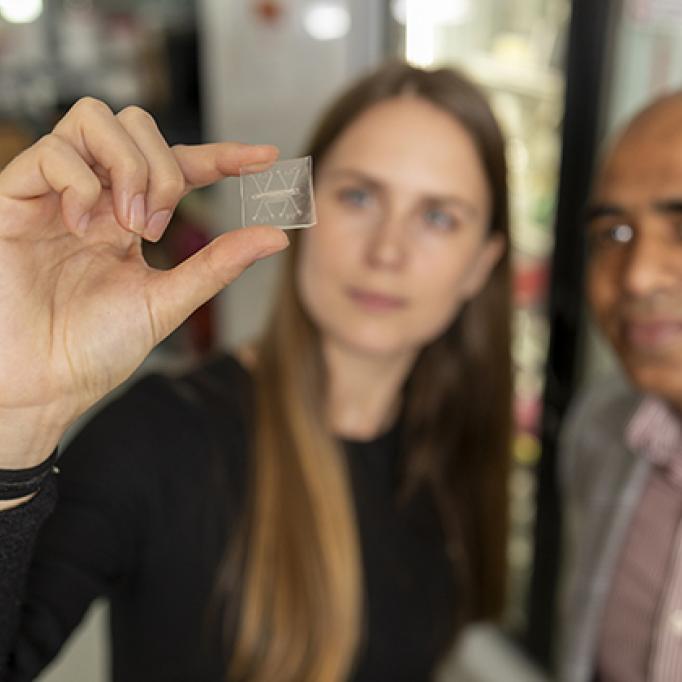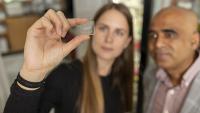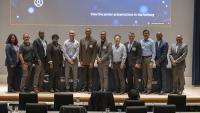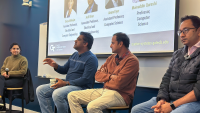The Year in Photos — 2025
1 min read
Before new technologies end up in your doctor’s office or car, they start in a Georgia Tech lab. Our work creates medical breakthroughs. Our studies help people better understand our changing climate. Our innovations create technologies that shift the paradigms of possibility. Here’s a look at some of our 2025 discoveries — and the people behind them.
Advancing Neonatal Health Monitoring in Ethiopia
4 min read
Soft, wearable system offers continuous wireless monitoring of newborns’ health.
Jingle Bells, Empty Shelves: Inside the Toy Crunch
3 min read
Tariffs, shipping delays, and rising costs are squeezing toy makers—and parents are scrambling to find gifts, as Georgia Tech experts weigh in on the disruptions.
Manufacturing’s Future Is High Tech
3 min read
Modern manufacturing blends AI, automation, and sustainability to create meaningful careers and economic resilience.
Georgia Tech Researchers Among World’s Most Highly Cited in 2025
2 min read
Georgia Tech proudly announces its faculty who have been named to the Clarivate Highly Cited Researchers 2025 list.
IMS Launches Series on Interdisciplinary Innovation with AI Computing Panel
3 min read
The Boundaries and Breakthroughs panel explored how interdisciplinary collaboration can drive solutions for the future of artificial intelligence.













